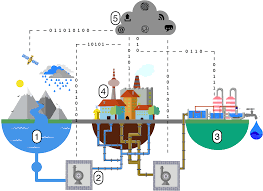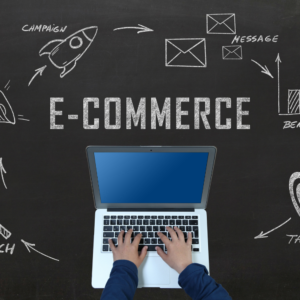At TEMS Tech Solutions (TTS), our Public Utilities Usage Analysis service offers comprehensive insights into the consumption, efficiency, and sustainability of public utilities such as water, electricity, gas, and waste management. Leveraging advanced analytics, we help utility providers, municipalities, and government agencies optimize resource allocation, reduce waste, enhance operational efficiency, and plan for future demand. Our service supports efforts to improve sustainability, reduce costs, and ensure equitable access to essential utilities for all citizens.
Key features include:
-
Utility Consumption Trends: Analyze historical and real-time data to understand usage patterns for electricity, water, gas, and other utilities, helping providers forecast future demand and optimize supply.
-
Peak Usage Analysis: Identify peak usage times and high-demand periods to optimize load management, reduce the risk of outages, and improve resource planning.
-
Energy Efficiency Insights: Monitor energy consumption across residential, commercial, and industrial sectors to identify inefficiencies and opportunities for energy-saving initiatives.
-
Water Usage Analytics: Assess water consumption patterns across different regions, sectors, and user types, helping utility companies manage water resources more effectively and reduce waste.
-
Sustainability and Green Initiatives: Evaluate the impact of sustainability programs, such as renewable energy adoption or water conservation campaigns, on overall utility usage and cost savings.
-
Demand Forecasting: Use predictive analytics to forecast future utility demand based on historical usage, weather patterns, population growth, and economic trends, enabling better planning and investment in infrastructure.
-
Smart Metering Data Analysis: Leverage data from smart meters to gain real-time insights into household and business utility consumption, helping users and providers monitor and control usage.
-
Waste Management Optimization: Analyze waste collection and disposal data to optimize waste management services, reduce environmental impact, and improve recycling efforts.
-
Outage and Disruption Monitoring: Track utility outages and service disruptions in real-time to analyze their causes and minimize downtime through proactive maintenance and infrastructure upgrades.
-
Cost and Pricing Analytics: Evaluate pricing models and their impact on consumer behavior, helping providers adjust rates to balance profitability with affordability for consumers.
-
Utility Billing Accuracy: Assess billing data to ensure accuracy and reduce errors in utility charges, improving customer satisfaction and reducing complaints.
-
Renewable Energy Adoption: Track the adoption of renewable energy sources such as solar, wind, and hydropower, assessing their impact on overall energy supply and usage.
-
Infrastructure Maintenance Planning: Analyze utility infrastructure performance, such as pipelines or power grids, to plan for maintenance, reduce downtime, and improve service reliability.
-
Consumer Usage Segmentation: Segment utility customers by usage patterns, demographic factors, or geographic location to tailor services and programs that meet specific needs.
-
Leak Detection and Loss Prevention: Monitor water and gas networks for leaks, identifying potential areas of loss and enabling quick intervention to prevent resource waste.
-
Environmental Impact Analysis: Assess the environmental footprint of utility usage, such as carbon emissions or water waste, and recommend strategies to minimize negative impacts.
-
Equitable Access Monitoring: Analyze data to ensure that all citizens, regardless of income or location, have equitable access to essential utilities such as water and electricity.
-
User Behavior Insights: Use behavioral analytics to understand how users interact with utilities, identifying patterns that can help promote more sustainable consumption habits.
-
Real-Time Utility Monitoring: Implement real-time monitoring systems to track utility usage across different sectors and regions, providing instant insights for better decision-making.
-
Regulatory Compliance Monitoring: Ensure that utility providers meet regulatory requirements related to environmental standards, safety, and resource management.
-
Dynamic Pricing Model Evaluation: Analyze the impact of dynamic pricing models, such as time-of-use rates, on consumer usage behavior, helping providers design more efficient and user-friendly pricing strategies.
-
Energy Loss Analysis: Identify areas where energy loss occurs, whether through transmission, distribution, or inefficient consumption, and recommend solutions to mitigate these losses.
-
Public Education Program Effectiveness: Assess the effectiveness of public education campaigns aimed at promoting energy or water conservation, helping utilities design more impactful outreach programs.
-
Renewable vs. Non-Renewable Usage Analysis: Compare the consumption of renewable versus non-renewable energy sources within a region to support strategic planning for energy transition goals.
-
Long-Term Resource Planning: Provide long-term forecasting and resource planning insights to help municipalities and providers build resilient utility infrastructure that meets future demand.






Reviews
There are no reviews yet.